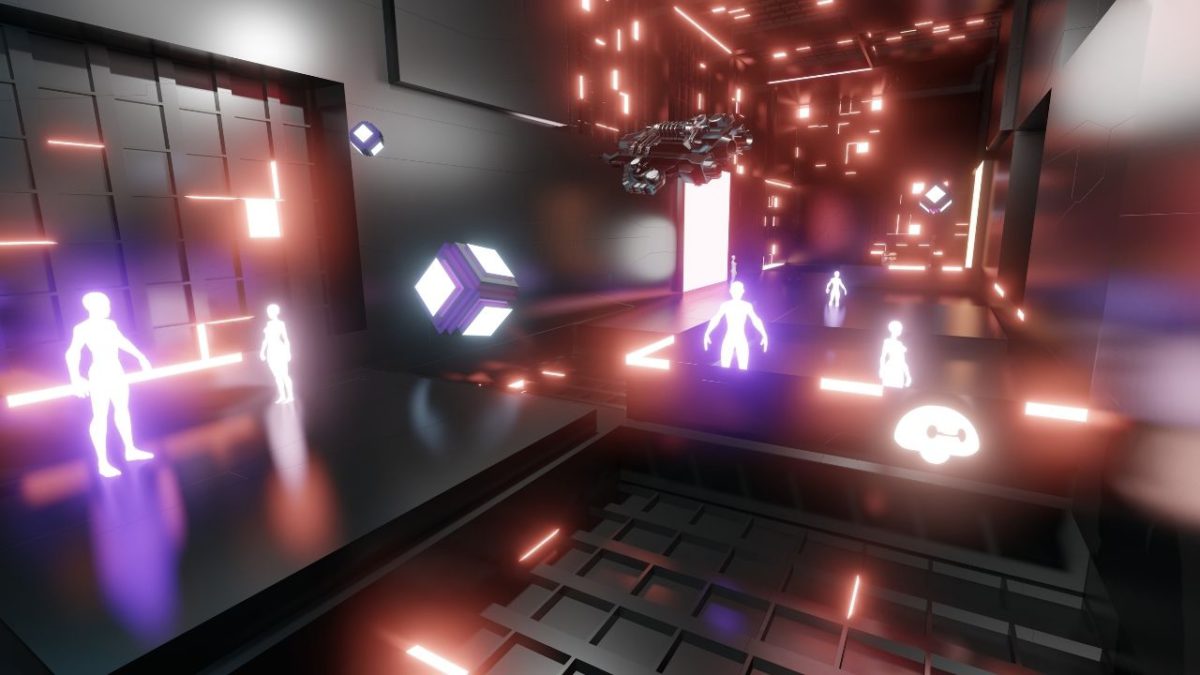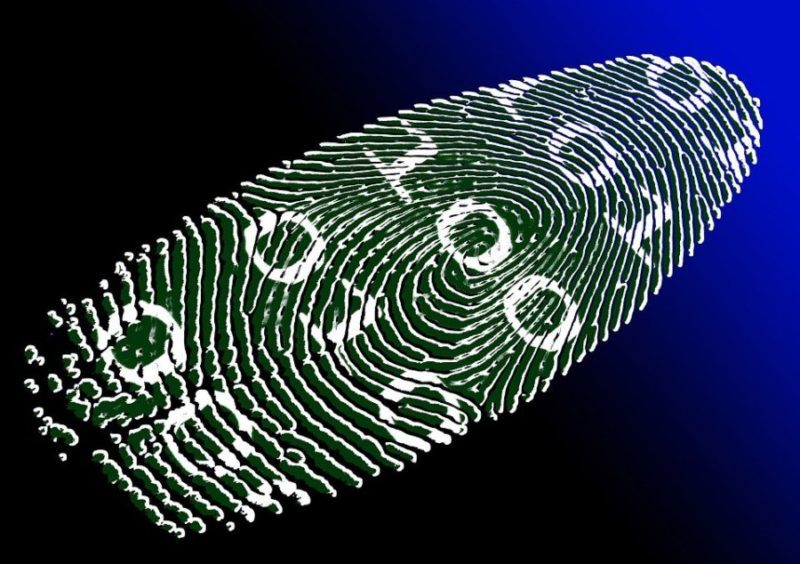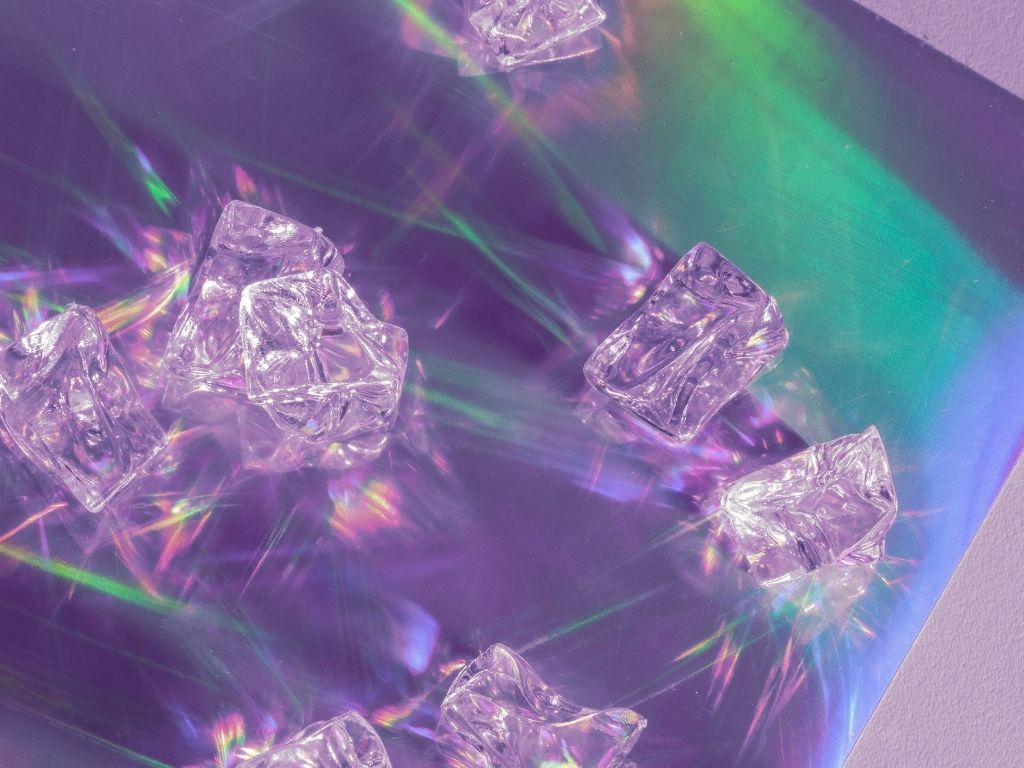First Movers Advantage For Your Business By Being In Metaverse
The metaverse is in high demand around the world. This phenomenon is undoubtedly due to the widespread use of NFTs by artists, companies, and celebrities. NFTICALLY, a white-label NFT marketplace solution vendor, forecasts Web 3.0’s future five years out.
In the following years, what can we expect from the metaverse?
The priorities of Virtual Reality Artists have shifted from producing value to creating a one-of-a-kind experience. Thanks to Augmented Reality, anyone may use their smartphone to see the fantastic right before their eyes. There are several uses for it. AR NFTs can be utilized to represent interesting artwork, gaming equipment, and e-commerce items. It achieves a good mix of real-world and virtual-world expectations.
NFT Explained In 5 Minutes – Non Fungible Token
AR has the ability to transform the fashion industry. For example, prospective buyers can try on apparel and sneakers before making a purchase. Brands may impress their customers in the metaverse by delivering digital avatars that interact with humans. Creators can also add sound and visual effects to display their crypto-collectibles before the formal launch.
As a result, Augmented Reality could change the way investors think about NFTs. Ownership and usage rights are tracked through smart contracts. How the digital asset is juxtapositioned in the metaverse will define the collectible’s monetary value. In the coming years, exclusive sites for generating and purchasing AR NFTs will arise. Potential investors can communicate with virtual assets directly. Additionally, holders of native tokens can stake digital assets and benefit handsomely. They’ll also have first dibs on NFT drops.
This model is not real. She’s in fact completely digital. by https://t.co/yniOUVsjKX#AI #VR #Metaverse #AR @mvollmer1 @anijov @YvesMulkers @BIScorecard @fernandolofrano @FmFrancoise @FrRonconi @Paula_Piccard @JAdP @MargaretSiegien @PawlowskiMario @data_nerd @Fabriziobustama pic.twitter.com/ELIW5NiyTy
— Marcus Borba (@marcusborba) May 17, 2022
Virtual Reality (VR) is a sort of virtual Reality that uses computer graphics (VR)
With cutting-edge headphones, users can watch art exhibitions and events live. In general, developers can sync their software wallets and begin collecting NFTs right away. Artists have a variety of templates and integrations to select from. They can alter the image’s size, color, and frame before sharing it with the rest of the world. Designers can then reach out to their target audience by delivering events in a customized 3D setting for a specific number of individuals. Features like live translation, quick content posting, screen-sharing, muting, and adding and removing players are essential when artists display their masterpieces in a virtual arena.
Virtual Reality (VR), which simulates a real-world environment, has the potential to transform industries such as art, entertainment, and sports. Visitors can speak with event or gallery hosts directly. Viewers can view the artist’s name, a description of their work, tags, and the price of the NFT collection.
Also, see: Monitor The Growth Of Metaverse Through These Websites
Virtual Reality is also becoming increasingly popular in the gaming industry. For fighting, shooting targets, and teamwork, virtual Reality is employed in both Player-vs-Player (PVP) and Player-vs-Environment (PVE) games.
NFTs are also widely used in sports. Players, teams and leagues from sports like cricket, football, basketball, baseball, ice hockey, tennis, and Formula One are launching their collections in various markets. Fans can also view videos of their favorite athletes preparing for different games and tournaments. VR can be employed for practice sessions and player development.
Artificial Intelligence (AI) is a word that refers to a type of machine intelligence (AI)
Machine Learning (ML) algorithms are used to make portraits and paintings. Text-to-art generators assist artists in creating graphics that suit their tastes. When someone attempts to create an artwork with the same language, connections to the newly released NFT appear. After that, creators should sync their software wallets and mint their unique works.
GANs (Generative Adversarial Networks) let robots learn how to make images. Artificial Intelligence, Deep Learning, and Speech Recognition are used to determine the unpredictability of the patterns and designs. On NFT platforms, the machine-generated art is subsequently auctioned off. Crypto collectibles can also be made based on the behavior and emotions of the intended audience. Extraordinary visualizations can be made when computers have been trained to detect photographs.
🤝 It’s our pleasure to welcome @RLTY_Live to #TheSandbox – who will be providing the tools to allow anyone to launch their very own #metaverse events! 🌐
Discover more 👇https://t.co/4xHzpT352I
— The Sandbox (@TheSandboxGame) May 16, 2022
IoT (Internet of Things) (IoT)
Connected devices can also be used to represent NFTs. It delivers data to a decentralized cloud in a secure manner. Blockchain technology can also help with machine-to-machine (M2M) communication. It ensures authenticity, promotes openness, and cuts out middlemen.
Last Thoughts
The market conditions in the metaverse economy are extremely favorable. In five years, more artists will use technology to create new visuals. In the midst of the strong competition of the Web 3.0 age, reaching out to NFTICALLY for NFT marketplace growth is excellent. So, what are you holding out for? Contact us right now to begin minting your NFTs and enjoying record-breaking sales.
Stay informed with daily updates from Blockchain Magazine on Google News. Click here to follow us and mark as favorite: [Blockchain Magazine on Google News].
Get Blockchain Insights In Inbox
Stay ahead of the curve with expert analysis and market updates.
latest from tech
Disclaimer: Any post shared by a third-party agency are sponsored and Blockchain Magazine has no views on any such posts. The views and opinions expressed in this post are those of the clients and do not necessarily reflect the official policy or position of Blockchain Magazine. The information provided in this post is for informational purposes only and should not be considered as financial, investment, or professional advice. Blockchain Magazine does not endorse or promote any specific products, services, or companies mentioned in this posts. Readers are encouraged to conduct their own research and consult with a qualified professional before making any financial decisions. The featured image used is just a creative depiction of the title and it does not intend to hurt sentiments of any person or institution. If it hurts anyone sentiments, please do not hesitate to reach out to Blockchain Magazine.

 Bitcoin
Bitcoin  Ethereum
Ethereum  XRP
XRP  Tether
Tether  Solana
Solana  Dogecoin
Dogecoin  USDC
USDC  Cardano
Cardano  Lido Staked Ether
Lido Staked Ether  TRON
TRON  Chainlink
Chainlink  Avalanche
Avalanche  Wrapped stETH
Wrapped stETH  Wrapped Bitcoin
Wrapped Bitcoin  Hedera
Hedera  Stellar
Stellar  Toncoin
Toncoin  Sui
Sui  Shiba Inu
Shiba Inu  WETH
WETH  Polkadot
Polkadot  Litecoin
Litecoin  Bitget Token
Bitget Token  LEO Token
LEO Token  Bitcoin Cash
Bitcoin Cash  Hyperliquid
Hyperliquid  Uniswap
Uniswap  USDS
USDS  Wrapped eETH
Wrapped eETH  Pepe
Pepe  Official Trump
Official Trump  NEAR Protocol
NEAR Protocol  Ethena USDe
Ethena USDe  Aave
Aave  Aptos
Aptos  MANTRA
MANTRA  Ondo
Ondo  Internet Computer
Internet Computer  Monero
Monero  WhiteBIT Coin
WhiteBIT Coin  Ethereum Classic
Ethereum Classic  Mantle
Mantle  Cronos
Cronos  POL (ex-MATIC)
POL (ex-MATIC)  Render
Render  Dai
Dai  Algorand
Algorand 




